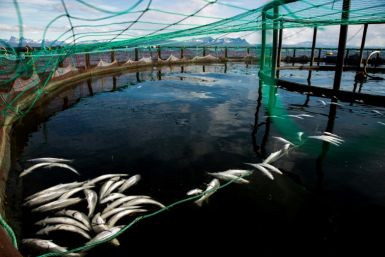Former RBA Manager Gets Rich by Filching Bank Notes for Burning?
A former Reserve Bank of Australia (RBA) manager appears to have become wealthy by filching old currencies supposed to be burned. Evidence of the theft was accidentally discovered by another RBA employee who appeared on Thursday before the Melbourne Magistrate Court.
Le-Anne Jeal testified that when she opened the desk drawer of her boss, Wayne Jackson, senior RBA research scientist, she was surprised to find three bags of old bank notes supposed to be burned a year earlier.
Burning of old currency is a standard practice among central banks.
Mr Jackson, 55, is accused of three counts of dealing with the proceeds of crimes involving over $300,000 and one count of attempting to take $47,550 that belongs to the RBA.
The court was informed by the police that Mr Jackson had in his personal bank accounts between September 2009 and May 2012 a total of $1.108 million even if his salaries for the same period totaled only $252,000. The police is questioning how the RBA official was able to spend over $500,000 during the same period when he had no legitimate source for that amount.
However, Dwayne Bottomley, agent of the Australian Federal Police, admitted they could not charge Mr Jackson with theft because of lack of proof that he stole the money from the Australian central bank.
Mr Jackson, who resigned from RBA after working for the agency for 27 years, claimed he got his wealth from savings and casino winnings. The former research scientist currently drives a 2011 Mercedes Benz E250 and when police searched his home at Rosanna, they found a hidden safe with $40,000 cash, jewelry, diamonds, coins and ingots.
Ms Jeal, a lab technician, said the three tamper-proof packages of old currencies she found inside Mr Jackson's drawer in May 2012 were scheduled for destruction on June 20, 2011.
She, another female RBA employee and Mr Jackson were signatories attesting to the burning of the old money. Besides mutilated currencies, the RBA also throws into a furnace damaged bank notes like the soggy ones found in Queensland homes after the 2011 flood.
With the RBA shift to use of polymer as material for currencies, the Australian dollar enjoys a longer shelf life and this lessens opportunities for corrupt RBA officials and employees to surreptitiously pocket money intended for the furnace.
RBA pioneered in the production of plastic bank notes and counts a growing number of central banks as customers.






